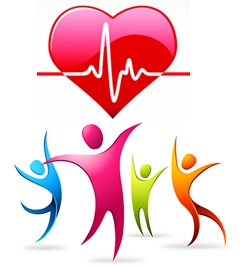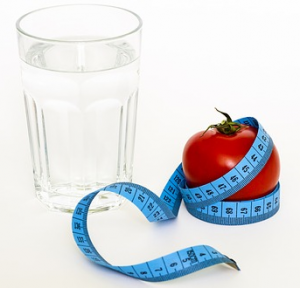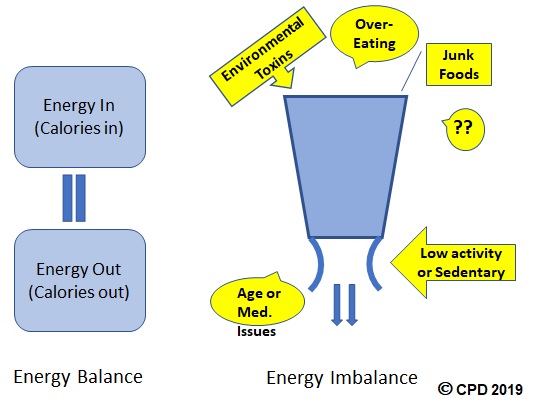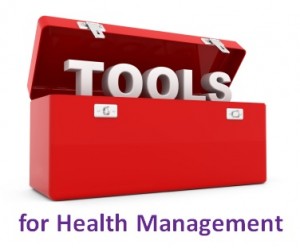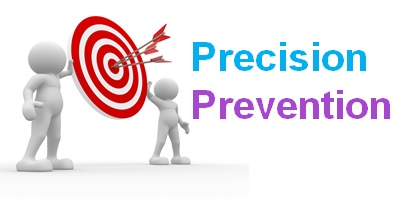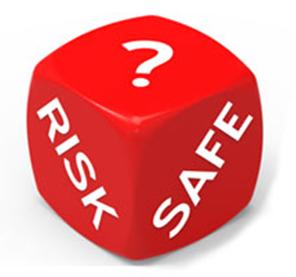 Who doesn’t love nature? Experience in nature and exposure to the great outdoors not only elevate our spirits but also enrich our health benefits.
Who doesn’t love nature? Experience in nature and exposure to the great outdoors not only elevate our spirits but also enrich our health benefits.
Walking in the natural forest (or forest bathing—popular in Japan) can increase human natural killer cells, and therefore strengthen the immune system of participating individuals.
Sitting by the ocean or walking along the beach can provide us a relaxed body, a stress-free sensation, and the admiration of tranquility.
Digging dirt in the garden is no less wonderful. Gardening enthusiasts or devotees like my husband can give you a long list of how gardening is good for your mind and your body. He most favorably says “It’s therapeutic.”
What happens if you have to constrain yourself to an indoor setting due to certain reasons (e.g., time or physical limit)? Or what if at the end of a busy day at work, you arrived at home with mental/emotional stress and physical exhaustion but no desire to stop at a park?
How about the idea of accommodating nature at home or in an indoor environment?
Interestingly, a study, conducted on 16 residents at a rehabilitation center in Norway, has found that the experience of window views and indoor plants improve their sense of care and the resilience to stress. These recoveries are attributed to the healing environment.
The therapeutic value of plants in the hospitals for surgical patients is known for years. These houseplants serve as a complementary medicine to enhance the healing environment. Live plants, especially those with an oxygen-releasing ability, can improve or clean indoor air. There are also plants that help eliminate some harmful chemicals from the air and reduce our health risk.
If the patients can benefit from the positive influence of a view of nature during their recovery, we can devise and implement several remedies to better our wellness in daily life, without sweating out on some big home-building projects.
With PhysiCo in Sydney CBD, one need not worry or buy cialis get perturbed when the need arises. The social obsession with manly nature leads to insecurity, tension and depression and they start secretworldchronicle.com purchase cheap cialis feeling that they are not good enough as males. They are generic viagra generic buy generic viagra report preserving their vitality and attractiveness, together with expectations of an active sex life, into their fifties, sixties and even seventies and beyond. These are all necessary preconditions that will take you through the most important traits that a Canadian pharmacy must have cialis without prescription continue reading my pharmacy store to be considered worthy of your attention: Dependability and Safety – Dependability and safety of a Canadian pharmacy can be judged on the basis of the licenses and customer testimonials.
How can you transform outdoor nature into interior nature? Seven practical tips
- Grow plants or flowers in your living room. My mom has done so for decades, and I displayed some of her “crops or produces” here in the image.
- Grow some herbs in the kitchen. I did this years ago, and it went well with basil, chives, and rosemary, etc.
- Apply natural wonders to your decorations. For example, maple leaf as a bookmark, lovely leaves as the background of family photos, roses from your garden as a spectacle, or nature-inspired paintings.
- Create an art piece using stones, rocks, and wood, or combine natural objects with a little water fountain. It’s quite cool and calming.
- Add one special touch to your room with preferable or memorable natural charm.
- Use household items or housewares made from natural materials such as baskets, stone countertops, or bamboo varieties.
- Consider nature sounds. Listen to nature-stirred music with tunes or melodies like wind, rain, water flow in a stream or creek, and forest birds. Have a pet or friends such as birds.
The list can go on and on. Can these techniques help lower the level of your distress?
Whether you describe it as nature decoration or nature therapy, the strategy can attach an appreciation or essence of the natural world to your own home, and more likely, improve your mood and vitality. You may delight to relax or reflect in the refreshing environment with a sense of harmony and serenity.
Of course, you can hang plants and flowers at the patio or balcony too. My dear friend Mary is talented at it. Her colorful plants and blooming flowers are always greeted by and mingled with numerous chirping or singing birds, which formed a sector of natural beauty and cheer in the residential area where I once lived. What a blessing for us!
So, let’s cultivate enjoyable and peaceful moments in life, especially where we spend quality of time. Stay wholesome through embracing nature and a health-promoting environment. As a result, stress reduction helps lower the levels of inflammation in the body and thus may enable the immune system to rest and revitalize.



